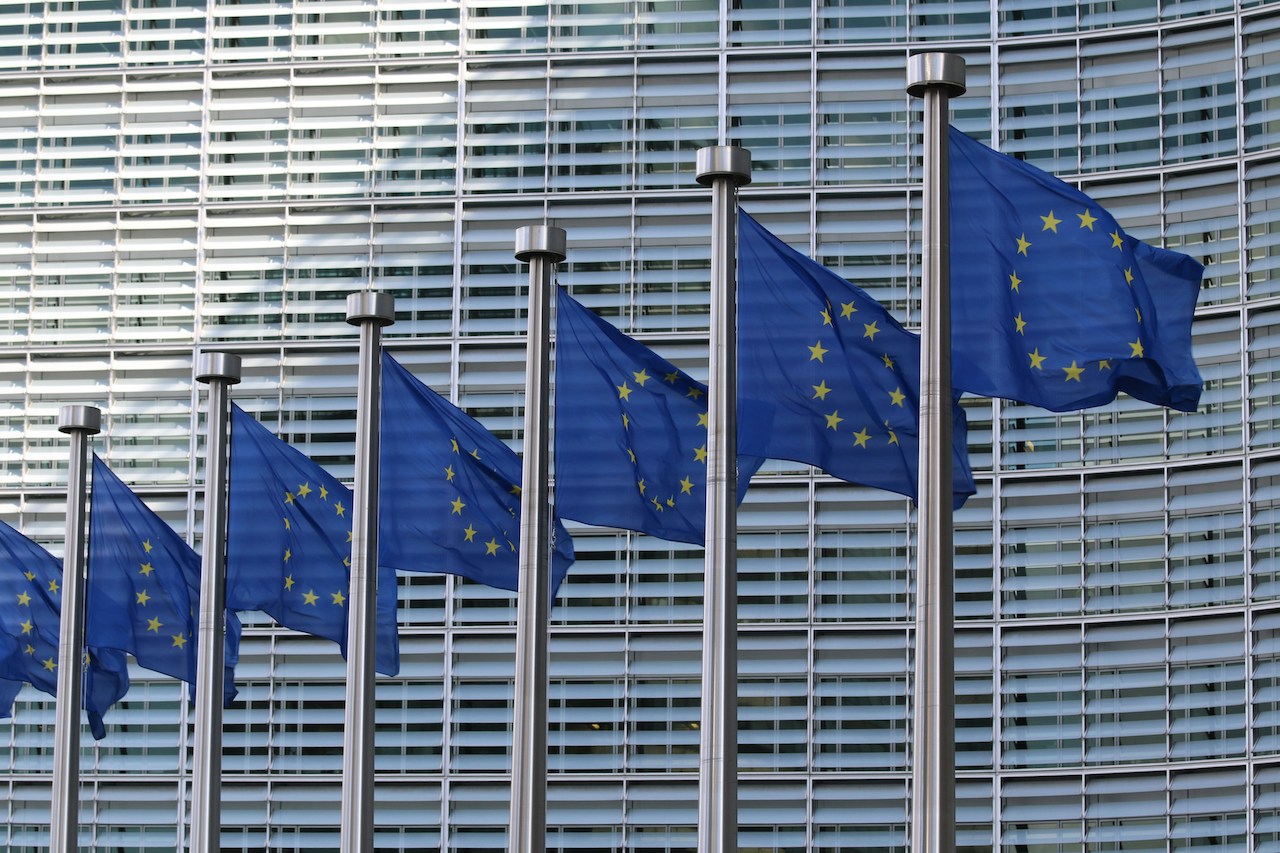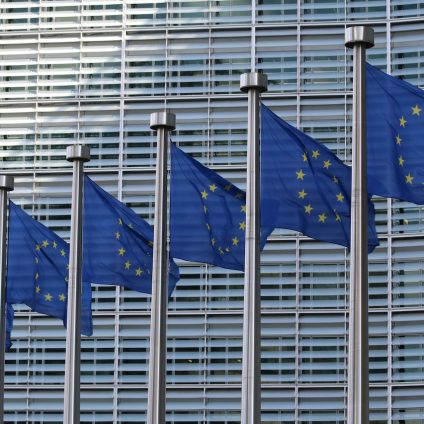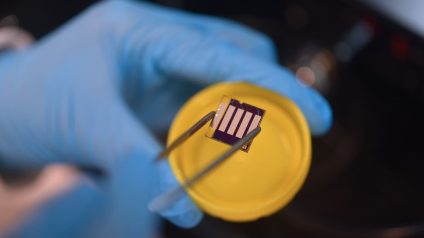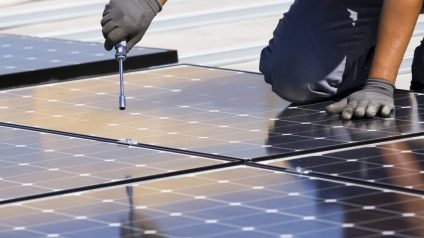Acea's president urges the EU to revise regulations and penalties that threaten the automotive sector’s growth and competitiveness

The EU automotive industry is undergoing a profound transformation, navigating the challenges of evolving consumer markets and the directives of the European Green Deal. To thrive, it must adapt to these shifting dynamics by becoming “less rigid and more flexible,” according to Ola Kaellenius, the newly appointed president of Acea and CEO of Mercedes-Benz. He emphasizes that these changes are crucial for “turning the decarbonization of the automotive industry into a profitable green business model.”
Fines worry automakers
In 2019, the European Commission set penalties for manufacturers failing to meet full-electric vehicle targets. Now, with fines looming for those exceeding CO2 limits in 2025, and with battery electric vehicle (BEV) sales struggling, there is growing concern about a potential backlash.
“I want to be clear,” Kaellenius states. “The Eu automotive industry remains committed to achieving the EU’s climate neutrality goal by 2050 and transitioning to zero-emission transportation. However, the decarbonization strategy must foster economic growth and competitiveness rather than hinder them.”
Kaellenius, who succeeded Renault’s Luca de Meo as Acea president, warns that imposing fines could divert critical funds away from research and investments essential for the transition to sustainability. He calls on the EU to “review the current regulatory framework,” addressing both renewable energy promotion and the expansion of charging infrastructure – key obstacles to BEV adoption, along with the higher costs of hybrid and internal combustion engine (ICE) vehicles.
also read Sales of electric and hybrid cars reach 50.7% in China
Challenges for the industry and what Acea is asking of the EU
Kaellenius highlights the unpredictable geopolitical and economic factors that have significantly impacted the automotive sector in recent years. “These objectives and guidelines must now be adapted to a changed reality,” he writes in a letter to EU leaders. He urges a comprehensive review of CO2 regulations for light and heavy vehicles to align with the 2030 and 2035 emissions targets. This review, he argues, should create the necessary conditions for a seamless transition to zero-emission mobility while strengthening the industry’s long-term competitiveness.
Acea also aligns with countries like Italy in calling for revised penalties and economic incentives to support BEV adoption. Statistics show that consumer interest in electric vehicles rises significantly with financial incentives; otherwise, hybrids and traditional ICE models remain the preferred choice. Kaellenius adds that promoting BEV adoption through fiscal and non-financial incentives would “help create a self-sustaining market.”
Despite approximately two million BEVs sold from January to November last year, the transition remains slow. “For zero-emission mobility to thrive, the ecosystem as a whole must become more appealing to customers,” Kaellenius stresses.
Avoiding a trade war
EU automakers are also urging the EU to avoid a trade conflict with the United States. Kaellenius warns that such tensions could “cause significant harm” to the sector. Speaking at the Brussels Auto Show, he remarked, “The freer and more open the markets, the better it is for the EU automotive industry.” For Mercedes-Benz alone, the US accounted for roughly 15% of global car sales in 2024.












